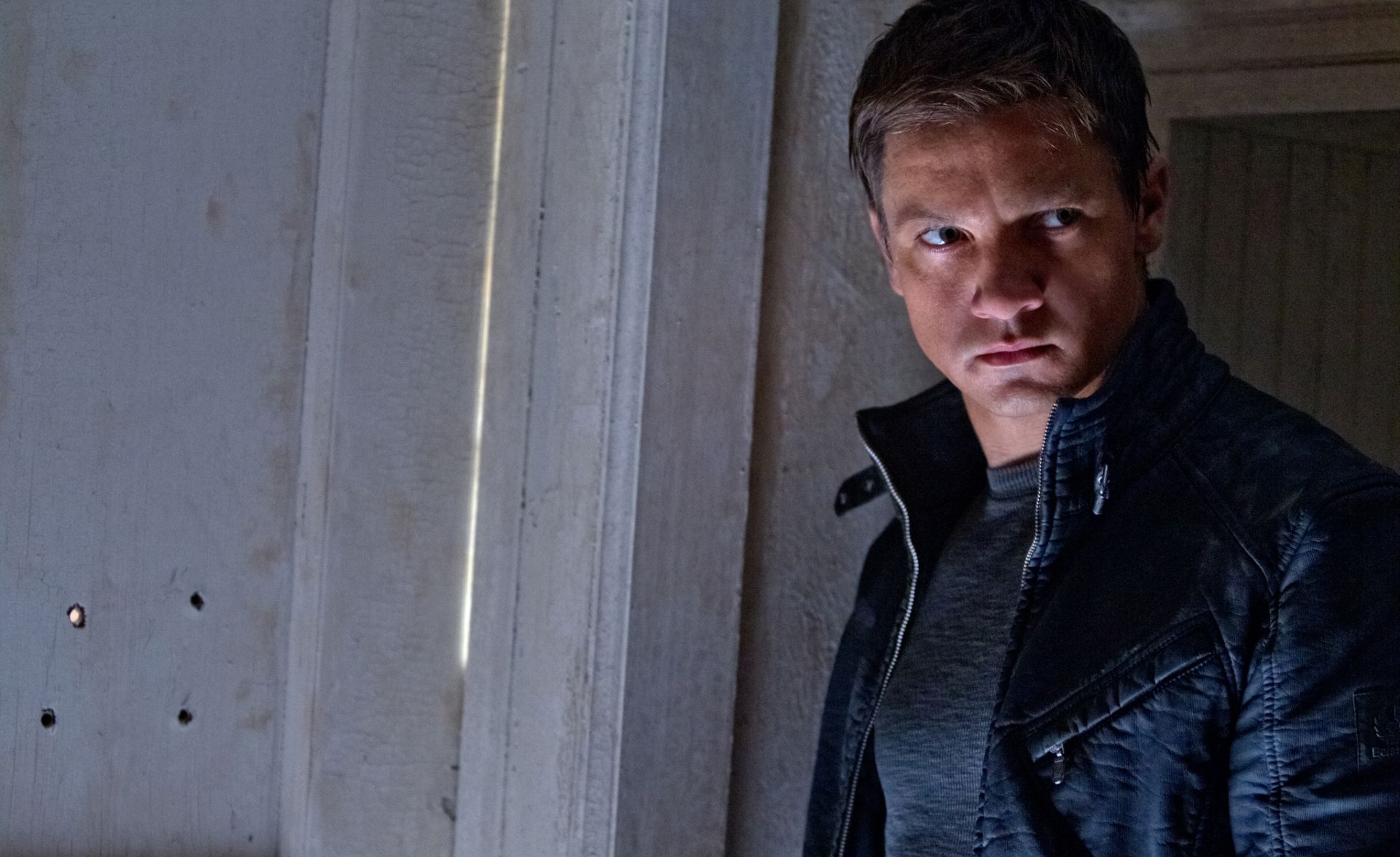“The Bourne Legacy” was surprising in many ways, but mostly by the fact that it didn’t completely disappoint.
The fourth entry of the series, without its leading man Matt Damon, seemed doomed to fail. However, writer and first-time director of the series Tony Gilroy, who co-wrote the first three Bourne movies, once again blends hyper-stylized violence and intense action with an intelligent plot that renders situations believable yet exciting.
That said, there are many imperfections within the film, especially when considering its predecessors. The film’s plot, while engrossing and thought-provoking, sometimes confusingly relates to the previous Bourne movies, to the point where it is unclear if this movie is a sequel, a spin-off or a remake of the previous films.
The plot revolves around a new agent named Aaron Cross, played with quiet intensity by Jeremy Renner (“The Hurt Locker”), who is one of six agents involved in a government program called “Outcome.” Similar to Jason Bourne’s “Treadstone” project, this program involves genetically modifying the agents to improve them both physically and intellectually.
When the head of the operation, played by Edward Norton, decides that it needs to be shut down immediately, the other agents, including Cross, become collateral damage. In an effort to escape the government agents trying to kill him, Cross seeks the help of scientist Marta Shearing (Rachel Weisz) to help make the genetic alterations permanent.
In following the same template as the other “Bourne” plotlines, the movie also makes references to characters of the previous films throughout but never makes the effort to connect them to the current fim. Are the events in this movie happening after the events of “The Bourne Ultimatum” or simultaneously? It was usually hard to tell.
The film also takes a while to establish the intricate plot and tone of the narrative, which was probably done intentionally to provide Renner the opportunity to give his character enough nuance to distance Cross from Bourne’s shadow. While this film won’t catapult Renner’s career in the same way as The Bourne Identity catapulted Damon’s, Renner holds his own and makes his character enigmatic and unpredictable.
Once the characters are established, the second half of the film is engrossing. The action scenes are exciting and heart-pounding, with continuous double-crossing that surprises throughout. Gilroy, who was nominated for an Oscar for “Best Achievement in Directing” in his directorial debut “Michael Clayton,” clearly knows how to create an involved and smart script, but is still learning how to pace the action and maintain a consistent tone.
This film is a far departure from the kinetic and jittery handheld camerawork of the Paul Greengrass “Bourne” sequels, which some audience members will be thankful for. While the sequencing is more refined, the action scenes still felt immediate, swift, and even shocking.
Audiences will be divided by this movie, mostly because it attempts to distance itself enough to where moviegoers unfamiliar with the previous installments will be able to understand what is happening. At the same time, the movie also tries to loosely thread elements of the original story so that the studio is justified in lengthening the franchise, which is also evident at the very end of the film. Though it’s doubtful that audiences will embrace this movie enough for the studio to greenlight another sequel, if they do, it’ll be interesting to see where the legacy goes from here.
